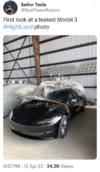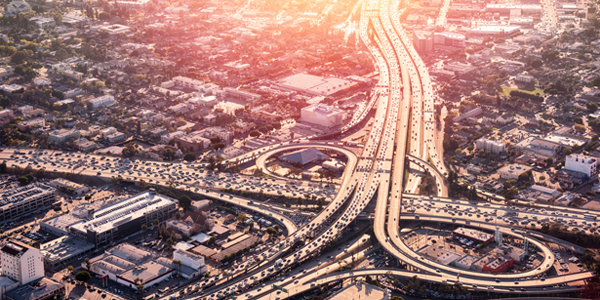StarFoxisDown!
Well-Known Member
Because the cost reduction doesn't apply to earnings until the unit produced is actually recognized as revenue. Thus you won't see the cost reduction from increase production until the units produced at the higher production volume get sold. You're essentially seeing an up to one quarter delay.Tesla produced 439k units in Q4 2022, and 'over 440k' units in Q1 2023. I don't think much scale-wise cost reduction applies here.
There was a roughly 24k increase in 3/Y deliveries from Q4 to Q1. In reality, most of the increase in deliveries were from Berlin/Austin Model Y's. Considering Berlin/Austin made up for some of Shanghai downtime, the number increase from them was higher than 24k. As @mongo mentioned, the timing of the production increases is actually pretty key. Because if say for the greater part of Q4, Austin/Berlin were in the area of 1500-2000/week, every car that was made while at that production rate and then sold carried much lower gross margin number due to the fixed cost and variable costs of the factory, utilities, and labor associated.
A good example would be Berlin. We had data/news from Berlin that some lines and the # of employees need to run them have been ready for 4,000-5,000 production levels since the start of Q4 but a couple other key production lines were waiting on a second shift to start to do the ramp from 2k/week to 5k/week. Those cost of those lines and the labor associated with them that were ready for 5k/week production only did 2000/week throughout most of Q4, disproportionally hitting gross margins out of Berlin for Q4.
As Mongo pointed out, both Austin and Berlin reached 3k/week in mid December and then greatly accelerated. But pretty much all of the Y's that come off the line at the higher production levels didn't get sold until Q1 because they were in transport. Thus the Y's made at the lower gross margin were sold in Q4 and most of the production 3k/week and above at the higher gross margin were sold in Q1.
Gross margins could have easily improved dramatically just from the start of Q4 to the end of Q4. But you won't see the earnings benefits of it until Q1.
Last edited:




